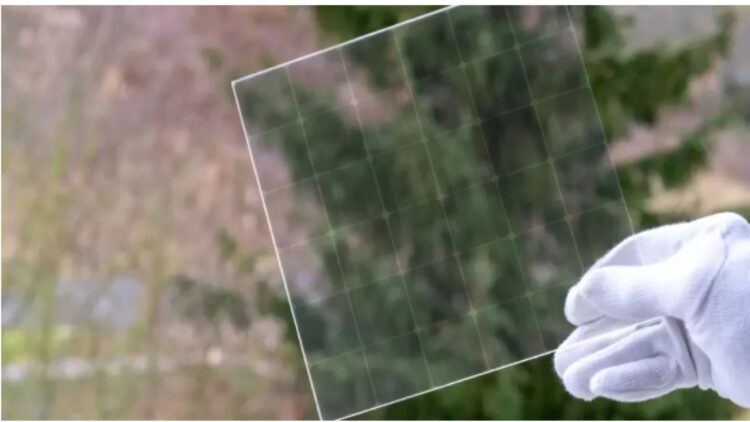When the idea of transparent solar panels first floated, it was seen as a futuristic technology that would help harness energy. Think of having your glass windows, car windshield, or even the screens of your mobile devices absorbing sunlight for power while still allowing light in.
However, this has come with some other effects that we had not foreseen—that can potentially influence the future of renewable energy sources.
The surprising efficiency of transparent solar panels reveals new potential
The foundation of this innovation lies in the fully transparent solar panel invented at Michigan State University in 2014. The panel functions based on UV and IR light absorption principles with visible light transmission, which makes the panel nearly invisible to the naked eye.
The idea was to put these panels in buildings and cars and generate clean energy without changing their looks. But the real surprise came when the energy output was measured: the device’s efficiency was significantly lower than that of the conventional photovoltaic panels, only 1%.
The strange part? This low efficiency has not scared researchers or manufacturers away in any way. However, the value of transparent solar panels as a commercial product has only increased.
We would have guessed that such a low efficiency would render these panels useless. Still, their use in architecture, transportation, and electronics makes them a darling, implying their usefulness is not in our envisaged efficiency.
The aesthetic and practical benefits of integrating transparent solar panels in design
Another surprising impact of transparent solar panels is that they enjoy a high demand in modern architecture and design. The architecture of modern buildings is not only utilitarian; they are showcases of fashion, and thus, transparent solar panels are in a class of their own.
They enable architects to incorporate renewable energy into buildings while maintaining the glass envelopes’ stunning features. This balance in the design between surface beauty and functionality has made transparent solar panels the next big thing in architecture.
For instance, a German firm known as Heliatek GmbH brought partially transparent solar panels into the market. These panels are optimally suited for south-facing office windows, as they have abundant light and generate electricity.
The partial shading also provides a design aspect and produces electricity. The rise of glass high-rise buildings presents a chance for transparent solar technology to increase the structure’s energy efficiency while making the structure beautiful to look at.
Overcoming obstacles: the journey toward widespread adoption of transparent solar technology
The effect on consumer electronics has been one of the most bizarre effects of transparent solar panels. Think of phones, tablets and even wearable devices that could harness energy from the sun with a solar panel that is not bulky or visible.
This is because transparent solar panels may soon make the dream of no battery power ever running out a reality. However, the road to widespread adoption hasn’t been smooth. Transparent solar technology is still in its infancy, and the cost of production remains a significant barrier.
Moreover, durability has been a concern—transparent solar panels must withstand the same wear and tear as traditional glass while maintaining their ability to generate electricity. Researchers are working to improve the lifespan and efficiency of these panels, but it will take time before they are ready for everyday use in homes and gadgets.
Looking ahead: what the future holds for transparent solar panels
However, it has not been easy to achieve widespread adoption of the model. The application of transparent solar technology is relatively new, and the product cost is still very high. However, durability has been an issue—transparent solar panels must be as robust as any other glass material and continue to produce electrical power.
Scientists are trying to increase their durability and effectiveness as materials for these panels are still being developed. It will take some time before they are used in homes and as portable devices. All in all, transparent solar panels have created a new impact compared to what we initially anticipated.
Instead of comparing them with silicon solar panels in terms of efficiency, they have created an entirely new paradigm of renewable energy. Imagine buildings generating electricity or mobile phones that do not need to be recharged, and the possibilities are only as vast as the glass surrounding us.

